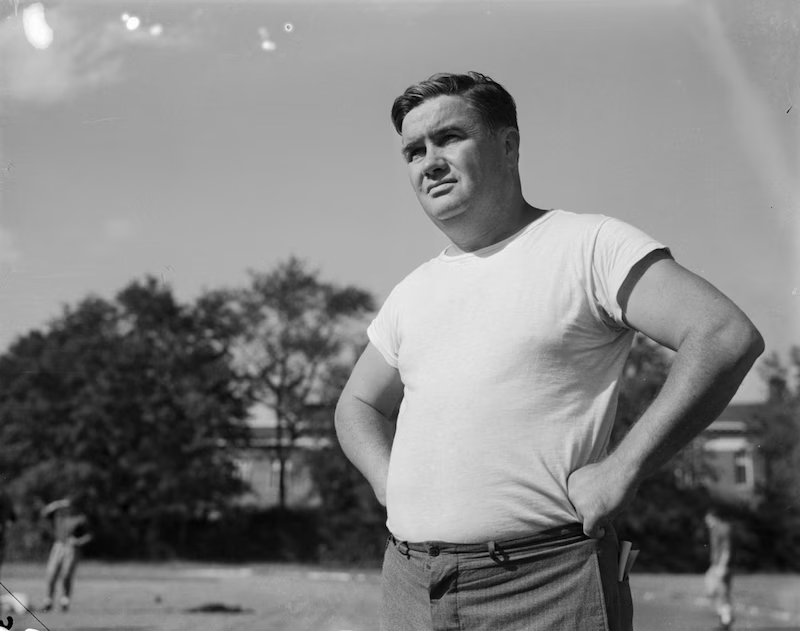The Championship That Won’t Go Away? Why Alabama’s 1941 National Title Claim Still Sparks Debate, Decades Later — And What It Says About College Football’s Most Polarizing Dynasty
Also known as: The Title Time Forgot? How One Controversial Claim from 1941 Still Haunts Alabama’s Championship Legacy — And Why Some Say It Should’ve Never Counted
When it comes to college football royalty, few programs evoke as much reverence—or scrutiny—as the Alabama Crimson Tide. With 18 national championships to their name, Alabama’s trophy case is a gleaming monument to gridiron dominance. But among those titles, one stands out—not for the glory it brought, but for the controversy it refuses to leave behind.
We’re talking about 1941.
Yes, that 1941.
A season in which Alabama finished 9-2, ranked No. 20 in the final AP Poll, and placed third in the SEC, behind Mississippi State and Ole Miss. By most modern standards, this would be a respectable, but unremarkable, campaign. Yet somehow, decades later, Alabama officially claims it as one of its national championships.
And many fans—both rivals and even some within the Alabama fold—are still asking: How?
A Team That Didn’t Win the SEC… or Come Close to No. 1
Under head coach Frank Thomas, the 1941 Alabama squad was talented, yes, and they did finish strong with a win over Texas A&M in the Orange Bowl. But their résumé included two midseason losses: one to Mississippi State, and another stunning defeat to Vanderbilt. The Associated Press, which began issuing polls in 1936, ranked Alabama No. 20 to end the year.
So who was considered the national champion at the time?
Minnesota, a juggernaut that went 8-0, including dominant wins over ranked teams like Michigan and Northwestern, and allowed only 38 total points all season. The Golden Gophers were the undisputed No. 1 team in the AP poll.
Enter: The Houlgate System
So how did Alabama get its hands on a national title?
The answer lies in the Houlgate System, an obscure mathematical formula devised by Los Angeles statistician Deke Houlgate. Unlike the AP or Coaches Poll, the Houlgate System focused on strength of schedule and margin of victory, and it named Alabama its 1941 national champion.
For decades, this went unnoticed—even unclaimed—by Alabama.
That changed in the 1980s, when then-sports information director Wayne Atcheson dug into the archives and “rediscovered” five early 20th-century titles, including the 1941 crown.
“I tried to make Alabama football look the best it could look,” Atcheson later admitted. “I was a competitor… and what other schools bragged about, I wanted people to know the best about my school.”
Legacy or Legend?
The reaction was—and still is—mixed.
Critics argue that retroactively claiming a title from a third-place SEC finish cheapens the meaning of a “championship.” Others point out that Alabama has more legitimate claims to titles in years like 1945, 1966, or 1977, when they were passed over despite having stronger records or better arguments.
Supporters counter that if the NCAA recognizes selectors like the Houlgate System, Alabama has every right to claim the crown. After all, they beat high-quality opponents and won a major bowl.
A Symbol of the Dynasty Debate
At its heart, the 1941 title debate isn’t just about that year—it’s about Alabama’s identity.
Is Alabama college football’s ultimate standard-bearer, or a program willing to stretch its narrative to fit the legacy?
The 1941 championship has become symbolic of both the program’s unmatched tradition and the accusations of arrogance that fuel its most passionate detractors. It’s a title that remains in the official count, even as many fans joke it
should come with an asterisk—or not at all.





























